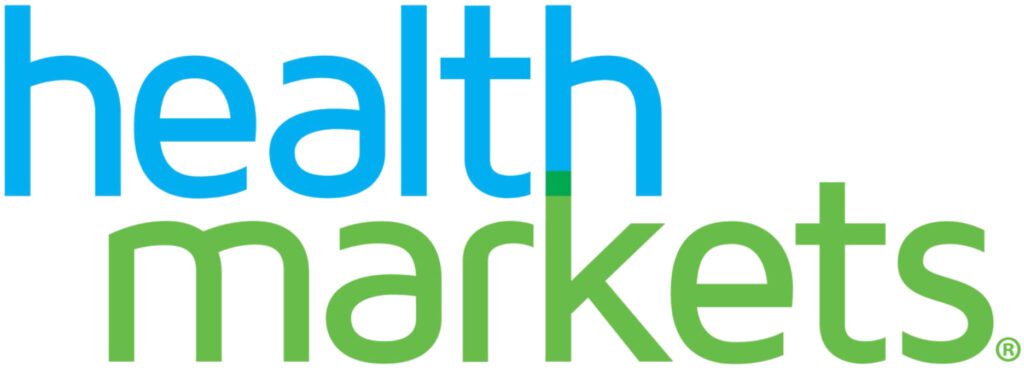While the standard Medicare is often regarded as the staple for health insurance needs, you might often find your out-of-pocket expenses piling up. And this is why you need to acknowledge additional coverages for coinsurance, copayments, and deductibles.
What Is A Medigap Plan?
Medigap plans offer supplemental coverage over Medicare. In other words, Medigap can be understood as a health insurance plan with standardized benefits to working with original Medicare.
Let’s understand what Medigap is all about and how it can thoroughly cover all your health insurance needs.
Does Medicare Have Gaps?
Let’s go through a realistic scenario to shed light on the costly leaks and coverage gaps in Medicare. Adding 1.45% from the employers’ side, approximately 2.9% is driven towards Original Medicare (including Part A and Part B).
In case of a severe medical emergency, you admit yourself into the hospital, and as is the norm, Part A picks up a portion of the bill. You end up paying the initial $1,556 while Medicare takes over for the next 60 days. Once this window passes, this turns into a more significant share from your pocket after the 90-day mark.
Revisiting the hospital means paying another $1,566 every time. And then come the diagnostic tests and procedures that are ordered by doctors frequently, with Part B playing a massive role. Part B draws a monthly premium, but you also pay your deductible and 20% of the bill afterward. Therefore, a $20,000 bill (excluding the cost of stay and deductible) could drain you of $4,000.
Adding the procedures, tests, physio sessions, and surgeries and paying 20% will pile up into a hefty medical bill. Moreover, since with Original Medicare, there is no out-of-pocket maximum, you can end up paying enormous amounts and land in formidable debt pits. Landing chronic medical issues requiring ongoing care could easily make you go bankrupt.
What are Medigap Plans?
As the name suggests, Medigap aims to fill the gaps that Medicare hosts in a supplementary fashion. Medigap policies are formulated to offer a more comprehensive coverage for Medicare’s standard services while at the same time also covering in part or whole of the expenses that Medicare does not. This can include vision, dental or long-term care coverage.
Even though multiple private insurance companies are equipped to meet your insurance needs, the government mandate ensures that lettered plans from each company host almost identical benefits. In essence, Medigap aims to reimburse the costs paid out of pocket and seamlessly standardizes its plans across insurers.
Drawing parallels to Original Medicare, Medigap insurance plans are also labeled as A, B, C, D, F, G, K, L, M, and N. These can vary depending on the additional coverages desired by the customer or their ability/willingness to pay an additional premium.
Things You Should Know About Medigap

First and foremost, you must be enrolled in both Part A and B of the Medicare plan. The most suitable time to bag a Medigap policy is the first month that you’re at least 65 and enrolled in Part B, which marks the initial enrollment period. Once this 6-month window expires, insurance companies are liable to charge you more or deny coverage based on gender, age, health, or any preexisting conditions.
It is essential to understand Medigap’s supplementary nature and that in no way does it act as a substitute for Medicare. You are required to pay monthly premiums on Parts A and B while paying a separate premium to the a private insurance company for your Medigap plan.
One of the more important features to remember is that Medigap does not house a family plan of any kind. It covers only one person, and a separate isolated policy is required for your spouse or dependents.
Since Medigap policies do not cover prescription drugs, you’ll need to pay a separate premium for Medicare Part D to get them covered. This means you’ll end up with Original Medicare, Medigap, and Part D coverage premiums on your expenses sheet. Still, at the same time, all aspects of your insurance portfolio will be comprehensively taken care of.
Remember that Medigap plans do not cover long-term care, vision and dental, hearing aids, eyeglasses, and certain types of nursing. Also, there is no need to worry if you fall sick while being covered by the Medigap policy. It is safely guaranteed to be renewed. Health issues cannot lead to insurance companies canceling your policy, so rest assured.
Key Considerations Before Getting Medigap
It is always advisable to be mindful of certain aspects of the Medigap plan while connecting with insurance representatives of private companies. Be sure to understand the Medigap policy’s monthly premium and if it is based on gender, health status, marital status, smoking, drinking, and other factors. Also, you need to be sure if you’re enrolling in your open enrollment period and if not, do you host a guaranteed issue right.
Check if the premiums are No-age-rated or Community-rated (people in the same community pay the same premium regardless of their age), Issue-age-rated (premium based on how old you were when you bought the policy) or Attained-age-rated (premium increases based on your age).
Also, note if the company refuses to offer you Medigap, citing your current health status. Knowing if the policy imposes a waiting period before actual coverage begins is also important.
Health insurance policies offer unmatched financial security to you and your loved ones during times of unforeseen mishaps. Covering most of the expenses, insurance plans act as safety nets, and Medigap is one such avenue to stay thoroughly covered.
If you’re looking to get a health insurance plan that is time and cost-effective, head over to HealthMarkets Insurance – Eric Zawicki. Their insurance policies are backed by professional expertise and shield you from unexpected medical situations. Get in touch with us today to find out how we can help!


